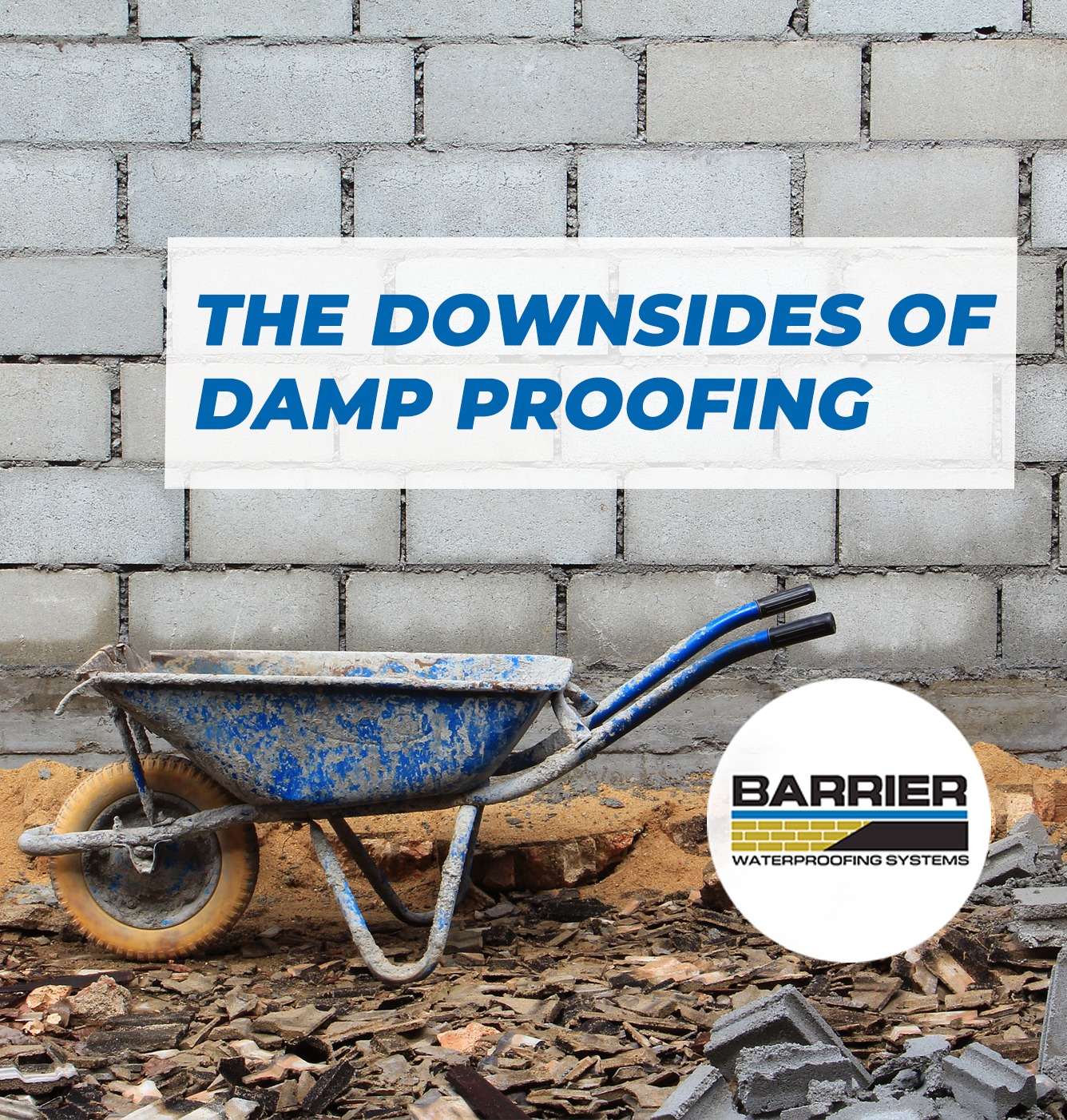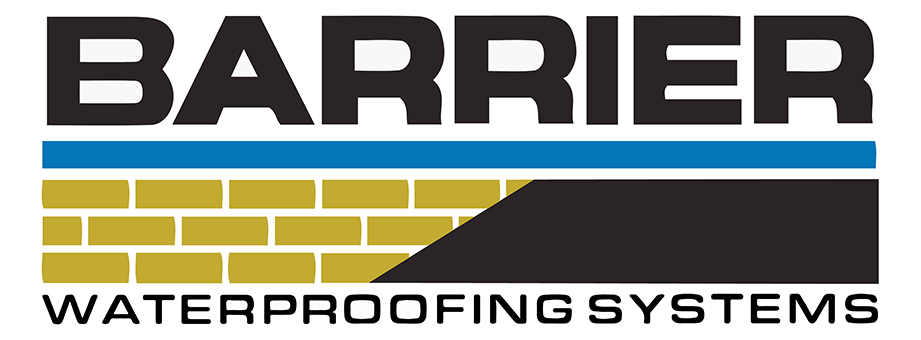Perhaps you are a brand new homeowner and have purchased a new home within the past six to eight months. Perhaps you have a home you have lived in for several years, but you too are experiencing a leaky basement. If you fit the bill for any of these previously mentioned scenarios, then this post is for you! Our goal is to answer the simple question, “What is damp proofing?”
A leaky basement is a HASSLE, and matters are only made worse when the water begins to freely enter through the foundation walls. One might question how this is happening after only having owned the home for as little as six to eight months.
It is pretty common to ponder what had happened (or NOT happened) during the construction of your home that caused the problem. “Couldn’t the builders just have taken care of it while they built the home?” The answer varies from location to location, but the most common practice is something called damp proofing.
So What Is Damp Proofing?
Damp proofing is the most common form of preventing moisture intrusion that is done while a home is being constructed by the builders. As you may know, these builders follow a set code for how they build the home in order to maintain quality and continuity of all the important things. These things include structure, functionality, and style.
Most often, though, building codes require nothing more than damp proofing which, unlike waterproofing, is more of a temporary measure. It does not keep the water out of the basement for much longer than six to eight months.
How Does Damp Proofing Work?
A foundation wall is built up around the bottom of your home and off the ground. Once this structure is in place, it is essentially just a coat of tar applied to the outside of the walls. This method leaves the wall open for moisture intrusion from hydrostatic pressure or standing water. It also leaves the footer completely exposed to moisture intrusion.
Damp proofing will harden and crack in less than two years due to acids in our acid rain and lack of UV radiation which is necessary to keep tar pliable.
What About Waterproofing?
The cost for this process is lower than that of waterproofing, however. With the cracking that happens shortly after a home begins to settle and a whole bunch of other problems, we at Barrier Waterproofing Systems recommend you purchase an interior or exterior waterproofing solution. You can get the most out of your investment by offering the most protection for your home. As your home ages, the added cost of waterproofing is well worth the small price difference and pays for itself in a few years.
Since we have now answered “What is damp proofing?”, we will next discuss the superior benefits that waterproofing provides. If your home has begun to leak so early after purchasing, now is the time to consider the best route for you and your home.
This is especially true if you have never had any moisture intrusion preventative measures installed. Moisture intrusion can lead to some serious structural damage if left unchecked. It is a problem that only gets worse with time, eventually destroying the integrity of your home’s foundation.
If you are experiencing moisture intrusion in your basement and would like to schedule a FREE evaluation from Barrier Waterproofing Systems to determine the location and severity of the leaking, give us a call at (615) 257-1060 | (931) 536-1168.
We will take a look at your foundation and other variables considering the construction of your home to help you determine which solution is best for you and your family. Waterproofing systems that we professionally install are guaranteed to last a lifetime!

